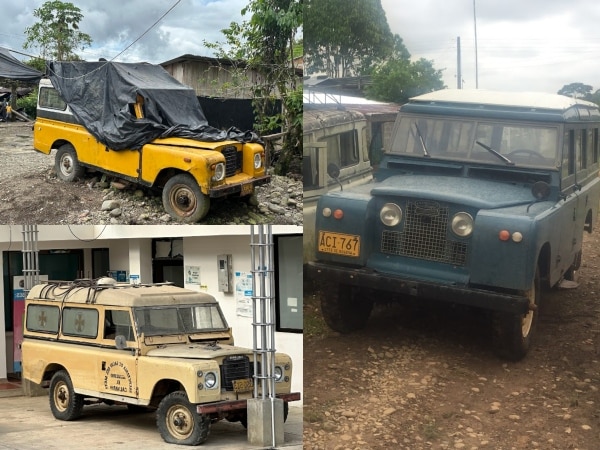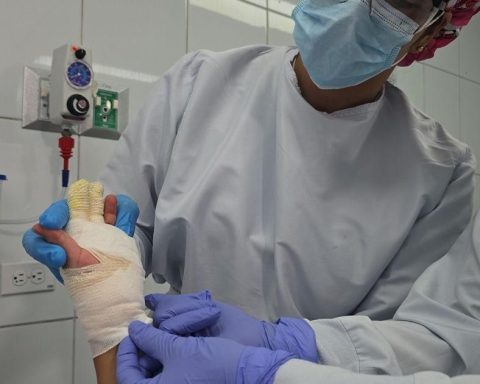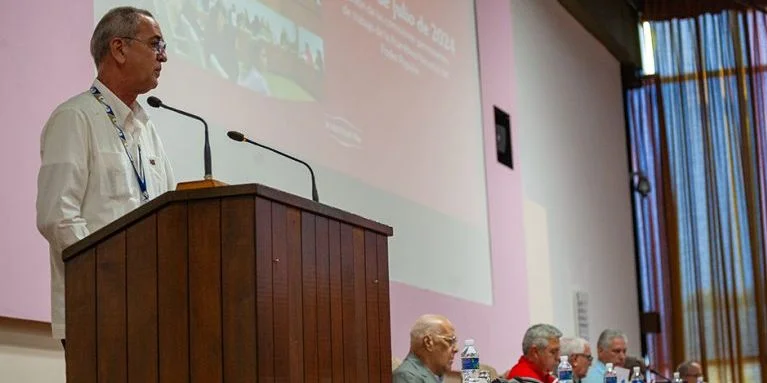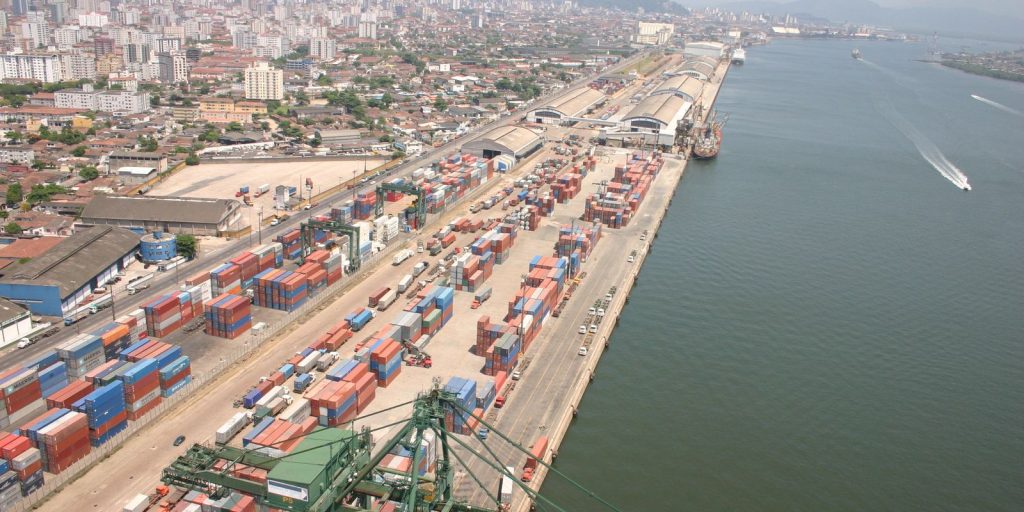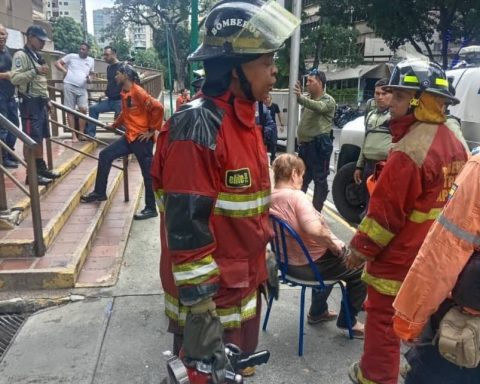Looking at these images, we see not only abandoned machines, but also testimonies of a past full of sacrifice and dedication that deserves to be recognized and preserved.
Colombia News.
On a tour of Colombia, doctor and traveler Diego Rosselli has documented through his X account (@darosselli) a series of images showing abandoned Land Rovers, vehicles that at one time were essential for the development of several regions of the country.
In his post, Rosselli invites Colombians to listen to the stories behind these “fallen heroes,” as he calls them, while reflecting on their historical importance in building Colombian communities.
For decades, Jeeps and Land Rovers, affectionately nicknamed “El Tinieblo” and “El Caricare,” were the driving force behind the transportation of coffee, goods, bananas and plantains in the Coffee Belt, Valle del Cauca, Antioquia and other regions of the country.
Read:
They not only moved products, but also dreams and progress, being vital for merchants, farmers and medical centers in rural areas.
Today, many of these vehicles, once symbols of effort and tenacity, lie abandoned, some more recoverable than others, but all with a story to tell.
Rosselli’s initiative not only seeks to remember the importance of these vehicles in the history of Colombia, but also to raise awareness about their current state.
Fallen heroes
Through a kind of photographic gallery, Rosselli invites us to explore these icons of the past that, although forgotten, still bear in their chassis the marks of the hard work that helped forge the most prosperous regions of the country.
I INVITE YOU TO LISTEN TO THIS SAD STORY
In my travels through Colombia I have found some #LandRover less fortunate than El Tinieblo and Caricare, some more recoverable than others. Here they go:
From the series: Fallen Heroes in Combat
— Diego Rosselli (@darosselli) August 23, 2024
Land Rovers and Jeeps were essential in the creation and consolidation of towns and regions, being the preferred means of transport in difficult terrain where other vehicles could not travel.
— Diego Rosselli (@darosselli) August 23, 2024
Their carrying capacity and durability made them indispensable companions for rural dwellers, who relied on them to reach remote places and transport products of vital importance to the local economy.
— Diego Rosselli (@darosselli) August 23, 2024
Today, although many of these vehicles have been relegated to oblivion, Rosselli’s initiative reminds us that they are still a fundamental part of our history.
— Diego Rosselli (@darosselli) August 23, 2024
Looking at these images, we see not only abandoned machines, but also testimonies of a past full of sacrifice and dedication that deserves to be recognized and preserved.
— Diego Rosselli (@darosselli) August 23, 2024
